Written by R. Ann Parris on The Prepper Journal.
Editors Note: The second of a two-article submission from R. Ann Parris to The Prepper Journal. As always, if you have information for Preppers that you would like to share as well as being entered into the Prepper Writing Contest and have a chance to win one of three Amazon Gift Cards with the top prize being a $300 card to purchase your own prepping supplies, then enter today!
So, we’re ready to dig up our yards and grow food. Having figured out how and where we want our future plants to pop up, it’s time to deal with what’s already there. But, man, sometimes that grass looks daunting.
If you’re going after it with a broadfork and a shovel, it should – lush and thick or hard and patchy.
Even if you have a handy tractor or rototiller waiting in a shed, there are some tools and practices that can help make the conversion from grass to groceries a little easier. If you’re hacking out of forest, woods, or scrub, you have a ton of challenges. Once you have the thick brush tackled, some of the follow-on methods will apply to you, too.
If we’re crunched, plotting dedicated, permanent beds requires less labor and materials for the lawn-removal stage. We mow, de-sod, till, and cover only those spaces, and deal with access lanes and aisles … some other time.
Cover Kill
One of the simplest ways to convert lawns is with cover kills. Cover kills mean we cover the patches where we want to plant with something. A lot of times, that means tarps of some sort, and tarps have a lot of advantages over other options. (“Tarps” includes things like salvaged plastic baby pools and boat/automobile wrap.)
We can also use sheets of cardboard, plywood/OSB, or interior paneling. Dark curtains or blankets, landscaping fabric (high-density and doubled/tripled up), and tripled-over carpets can also work for cover kills.
In the simplest form, we go for the smother and re-smother method, or the smother-scorch method.
It starts by mowing/bush-hogging our yards to get them low and manageable, and covering them with one of the materials above. We also edge the area – 8-12” or deeper if possible – to cut rhizomes and stolons from beyond our tarp. We peek under our covers here and there, and go after anything that pushes out from the sides with a mower, weed eater, shears, or a hoe.
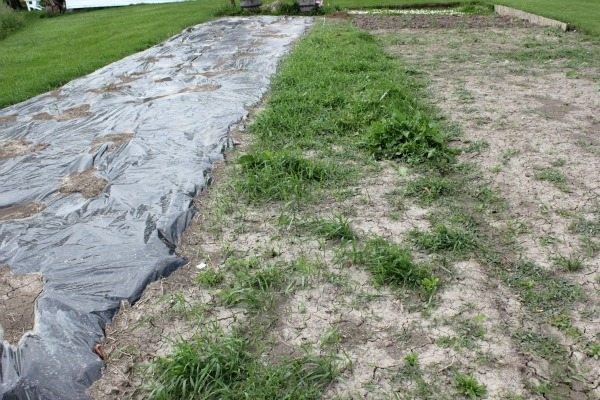
The plants underneath get starved of light and start turning white in 1-4 weeks. From there, we have a few options. Our best fit is going to depend on the time, labor, and equipment we have to play with.
One option is to take advantage of the grasses’ weakened state. We flip the covers off, go along with a garden rake, and pull out as much of the growth as possible. (Do not compost this.)
Then we play hokey-pokey with our tarps.
We flip them on and off checking things. If it’s dry, go ahead and water the patch(es). It’ll help encourage germination (a good thing). By type of tarp, it’ll also help warm the soil, which can be helpful when we’re doing this in winter, spring, and autumn.
When our beds show signs of new baby weeds emerging, we uncover them, and either burn them off (propane or hairspray-lighter “flame weeding”) or repeat our raking/pulling.
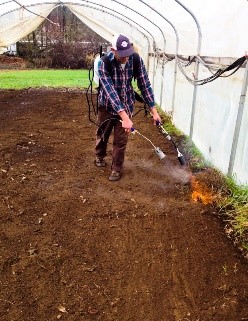

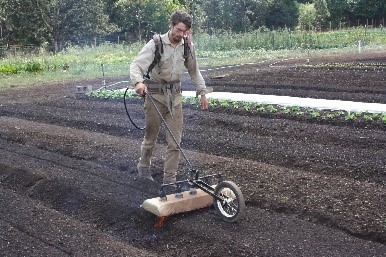
If we aren’t in a rush to start producing and are short on time on a daily basis, and if our tools are a garden rake, shovel, and hoe, we can go simpler yet and just leave those covers right where they are, or remove our tarps for 2-4 days and then replace them. The seeds will germinate, but they’re never able to get enough sun for developing true leaves, and they die off. The “runner root” weeds go through the sprout-anew cycle, too, and eventually run out of stored energy in their roots. Eventually, the lawn will die-die.
If we can buy 1-9 months for this process, it’s pretty labor minimal to get a patch with significantly lower weed pressure.
If we can leave tarps in place during the warmer seasons, that weed pressure goes down even further. Not only do we kill and remove the first set, it takes less time for the next 2-8 rounds of killing off new sprouts, and the tarps generate enough heat underneath to steam or scorch some of those roots, rhizomes, stolons, and seeds. (That really only works with dark tarps – not so great with white or cardboard, fabric, or lumber.)
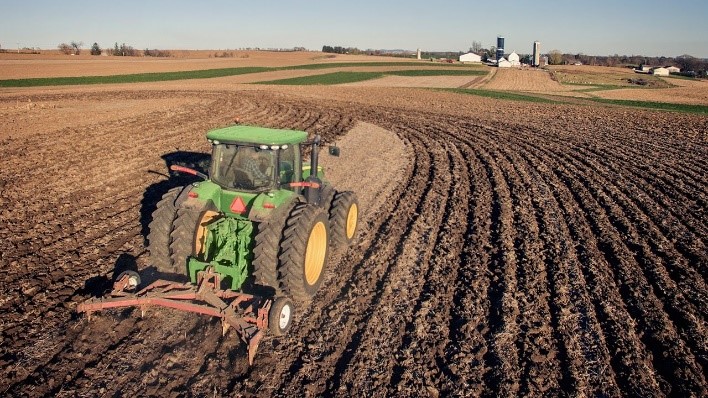
Till Kill
If we have them available, tillers also get used in hacking out gardens and farms (manual equivalent: double dig). There’s good and bad. If you’re heavy on rhizome and stolon weeds (Bermuda grass, creeping charlie) tilling slices those apart. You get 10-100 times as many to kill as you started with.
That said, it is an option. And it’s not a bad first or middle step, even for future no-till systems.
One way it’s super effective is to go ahead and till, then cover the areas you’re going to plant as discussed above. You can smother kill once, or play the hokey-pokey – letting in light and moisture, then covering again after baby weeds pop up.
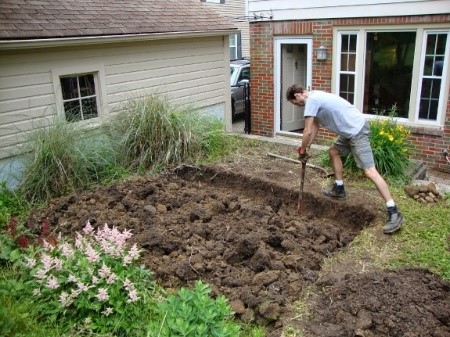
Till kill is also done as a multi-step process of just tilling. You till, then you come back and till again in 1-6 weeks, and again, and again.
When your weed coverage has decreased, you can plant something fast enough out of the gate to compete with weeds (radish), a grass-based herbicide-resistant crop (so you can spray), or a smother-capable cover crop (mustard, buckwheat, vetch). That always applies, but with till kills it’s really helpful.
Tilthing vs. Tilling
Once you have tilled enough (once, or repeatedly) to get a head start on the weeds, seriously think about going to surface-only soil disturbance. Every time you till, you are redistributing 6-12” (or as much as 18”) of soil.
Beyond all the “greenie” and “eco-freak” reasons that include nitrogen “flash” and predator-prey and microbial balances, when you redistribute that soil, you’re redistributing more weed seeds.
Those boogers will last decades in some cases, just waiting to get close enough to the surface to sprout. Some of those stolons and rhizomes will grow through 4-6” of material, run sideways 8-15’, or lurk for up to 2-3 years after being cut. Then they, too, will spring back to life.
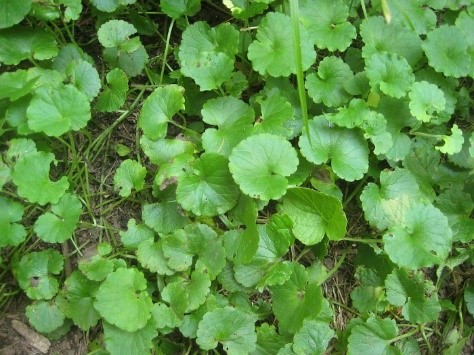
I can be stirring up weeds in the top 2-3” with a manual, gas/diesel, or electric tilther (or my weasel or rake). Or I can be bringing up fresh weeds from a 6-12” pool of dirt. Relativity comes into play, but there’s also simple math. I will exhaust the weed monsters contained in 2-4” a whole lot faster than in 6-12”. There’s just fewer of them to be fighting along with whatever gets blown/dropped in.
Same goes for all the little rocks I redistribute every time I till.
So long as I’m not walking/driving on my rows or beds, and if I can mulch, cover crop, or tarp/cardboard cover them in the off season, the deeper soil will stay plenty loose enough to be productive. From there, running a tilther or rake in the topmost layer is sufficient for amendments, seed-bed prep, and weed control.
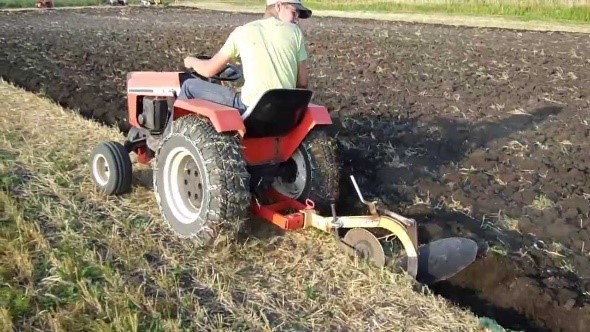
Situations are going to vary, but at least think it through and make actual pro-con lists. Make sure to make them from the “prepper/survivalist” angle as well. Factor in the fuel cost and shelf life, maintenance needs, noise, etc., if this is something you plan to rely on in a crisis.
For example, my tilthers run off an electric drill and a string trimmer. On one hand, I consider that a “pro” – one base tool, many jobs; electric brrvvvvh vs. gas grumble; low energy to recharge, my small individual panels and hydro can handle it; lighter and more mobile, more people can use them more places. On the other hand, it puts additional wear and tear and discharge cycles on tools and batteries I rely on a lot, and it adds to “need” competition for them.
Removal
There’s something to be said for cutting up our lawn and getting it out of the way when we’re hacking new production space. This can be the primary step, or it can be used ahead of tilling or cover kills. A combo starting with removal, hitting a double-dig or deep-till, and then going for cover kills is really effective.
You can do this with a shovel, a hoe, and a rake. You can buy or rent a manual machine that you kick every step. Or, you can rent or buy a diesel- or gas-powered version you push or tow.
I have a “kick” sod cutter. There are three very, very, very important things to note.
https://www.youtube.com/watch?v=qr24NWaVgFI
One, wear shoes/boots with good soles. This is where you’re going to make impact 400-600 times for an 8” cutter and 125 sqft (five 30”x10’ beds, a 10’x12’ plot). Aim for soles that will not slip off a narrow bar and create conditions for A.) doing the splits, or, B.) doing face plants. I have yet to fully decide if distinct heels are a detriment or an asset.
Two, wear shoes that fit well. Like, really well. Because you’re about to see just how much they slide around on the sides and heel of your foot. Loose boots x 500 = Blisters.
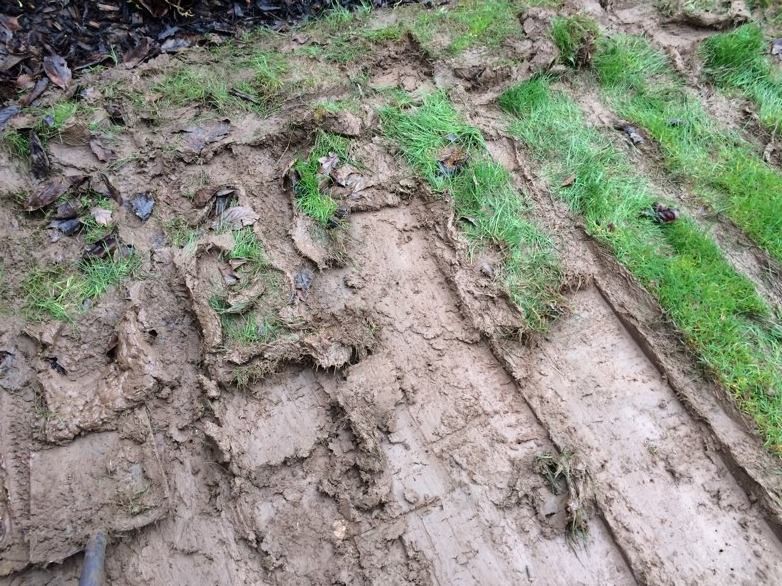
Three, typically we like damp earth for soil work. However, I’m on the fence about sod cutting dry vs. damp. If you are maybe not super graceful, for-sure do not go out to boot-stomp your way across the earth with a sod cutter when it’s full-on wet.
It has nothing to do with the accumulation of mud everywhere, and everything to do with how often you flap your non-wings and contort your body like a 13-year-old gymnast in hopes of avoiding what we like to call “fall-down-go-boom syndrome”.
We the most coordinated clowns in the circus are happy to have discovered these things for the good of humanity.
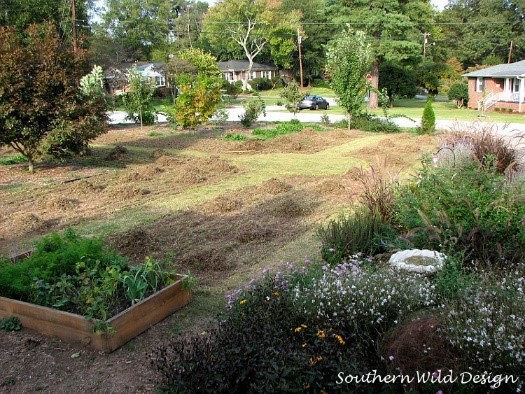
Other Considerations
This article specifically focused on ways to convert lawns into in-ground growing space. There are lots of ways to garden, and to grow fairly significant amounts of food. Methods abound that use basically yard debris and salvage materials to start from the grass and go up instead, although they’re going to require the purchase of at least some soil.
We’ll likely need soil amendments, no matter what. If we’ve been devotedly mowing grass lawns, it’s compacted, with limited microorganisms. Our dirt is likely to be especially low in micro-nutrients if we mow and bag, either for trash or to mulch trees. If we can look and see our yard is bare, patchy, and hard or sandy, we know we have problems.

Those soils aren’t healthy enough to buffer crops from pests, disease and nutrient deficiencies.
Soil tests for pH and NPK are $5-15. Ideally, get a few and do a test now, so you know if you’re already deficient. Then repeat when you’re ready to plant. Most extensions will do a micro-nutrient battery, with prices ranging from $10-50.
Regardless of the results, we’ll eventually need amendments for any garden. That means we stock them, or we start producing those, too.
Follow The Prepper Journal on Facebook!
The post Converting Yards to Gardens – Digging In appeared first on The Prepper Journal.
from The Prepper Journal
Don't forget to visit the store and pick up some gear at The COR Outfitters. How prepared are you for emergencies?
#SurvivalFirestarter #SurvivalBugOutBackpack #PrepperSurvivalPack #SHTFGear #SHTFBag

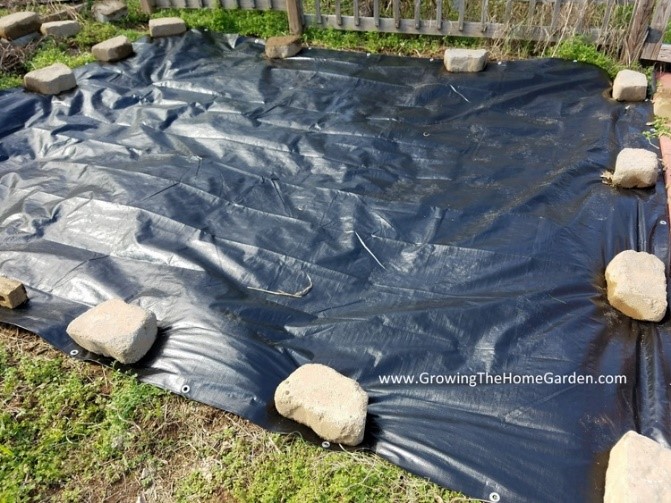
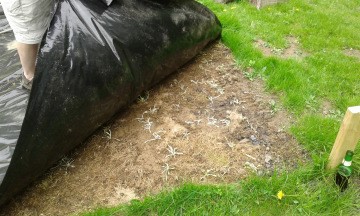
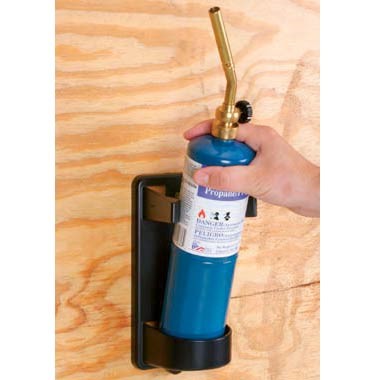
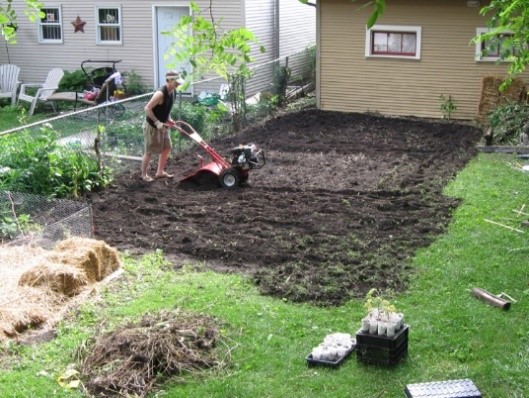
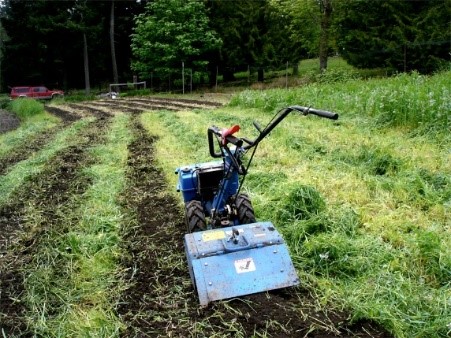
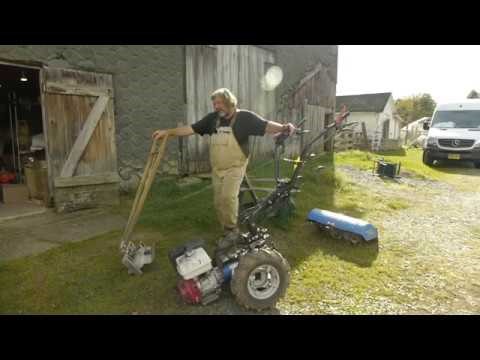
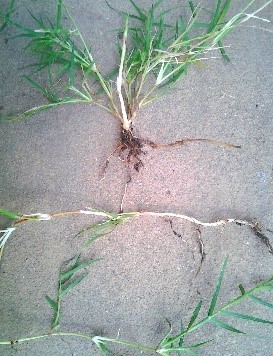

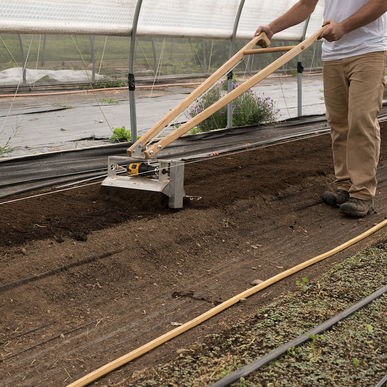
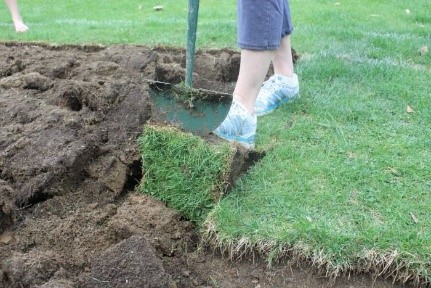
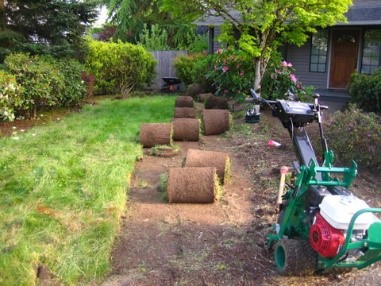
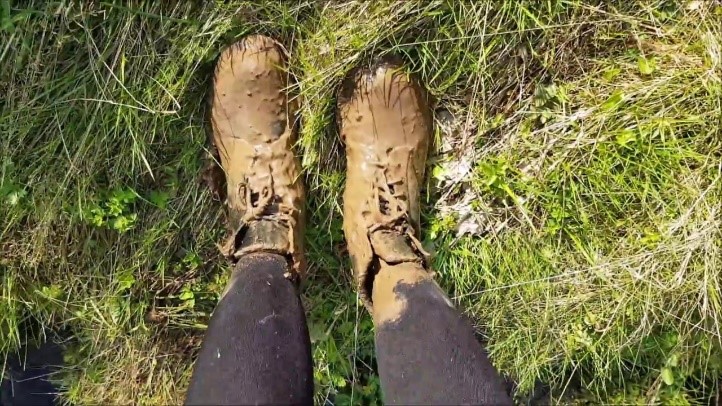


No comments:
Post a Comment